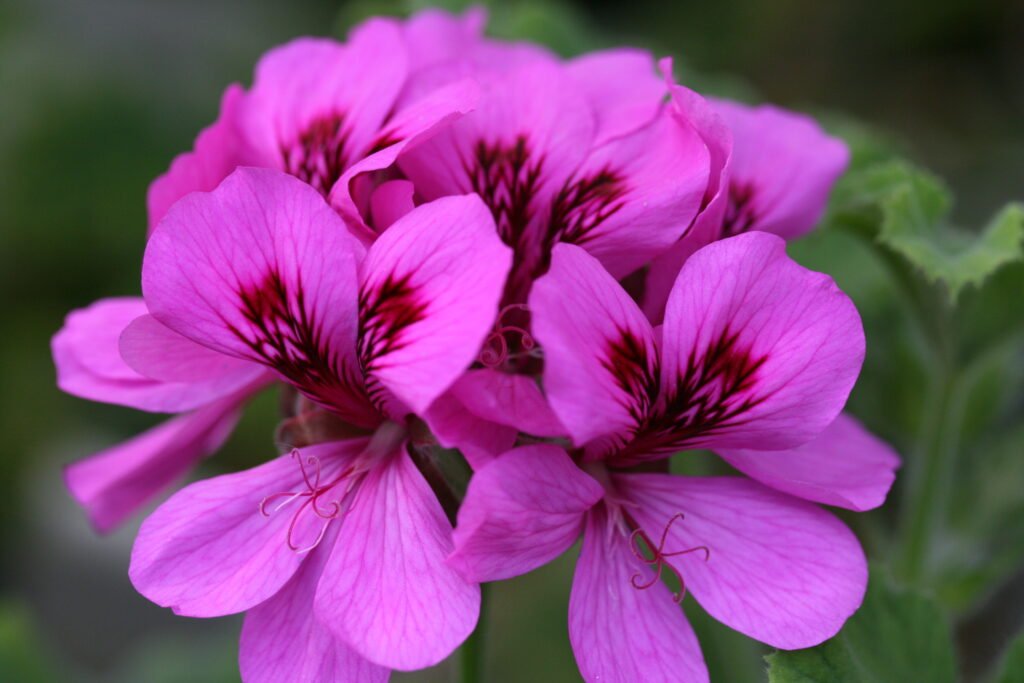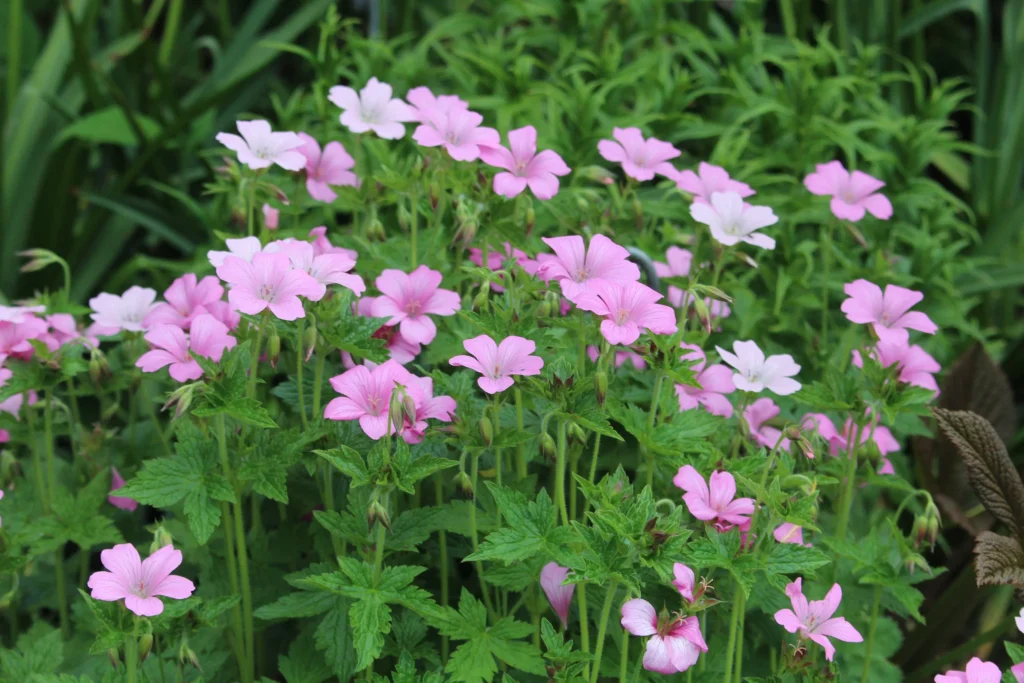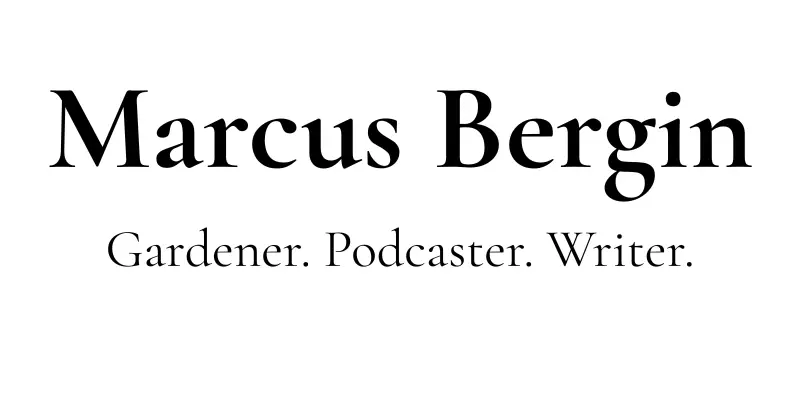
Geranium Troubles? Here's How to Keep Yours Happy All Season Long
There’s something about a geranium that speaks to the heart of summer.
Maybe it’s the sight of a bright red pelargonium in full bloom on a cottage windowsill. Or the way a hardy ‘Rozanne’ sprawls lazily through the border, still blooming its socks off in October. Whether in pots or planted out, they’re a garden staple—reliable, nostalgic, and wonderfully cheerful.
And yet… they can also be a bit of a mystery.
A member of the Gardening with Marcus group recently summed it up perfectly:
“I love geraniums and always want them, but I always seem to have trouble keeping them looking good. Mainly the leaves—whether in pots or in the ground.”
If you’ve ever felt the same, you’re not alone. Geraniums are well-loved for a reason—but they do have a few quirks that can catch us out. Let’s take a closer look at how to care for them, why those leaves might be struggling, and what we can do to help them thrive.
First Things First: Which Geranium Are We Talking About?
Before we dive into the details, it’s worth clearing up a common confusion.
The term geranium often refers to two quite different plants:
Pelargoniums – These are the tender types we usually grow in pots, baskets, and containers. Think bright reds, pinks, corals, and whites.
Hardy geraniums (true Geraniums) – These are herbaceous perennials that come back year after year. You’ll find them in garden centres under names like ‘Rozanne’, ‘Johnson’s Blue’, and ‘Wargrave Pink’.
They’re related, but they behave very differently—and their care needs are a little different too.
Common Problems with Pelargoniums
If you’re growing pelargoniums in pots and their leaves are yellowing, spotty, or just looking sad, there are usually three main reasons:
1. Too Much Water
Pelargoniums hate soggy roots. If your pots don’t drain well, or if they’re being watered too frequently, the roots can rot and the leaves start to yellow—especially at the base of the plant.
Solution: Let the top inch of compost dry out before watering again, and always check that your pot has proper drainage holes.
2. Lack of Feed
These plants work hard to produce all those flowers—and they need feeding to keep it up.
Solution: Use a liquid feed high in potash (such as tomato feed) every 10–14 days throughout the growing season.
3. Temperature Shock
Pelargoniums don’t like the cold. If you’ve planted them out early and a chilly night rolls in, they’ll sulk—often with mottled or discoloured leaves.
Solution: Wait until late May or even early June to plant them outside in cooler areas, and harden them off gradually.
Bonus Tip: Pelargoniums need full sun to really shine. If they’re stuck in a shady corner, you might get more leaves than flowers—and the leaves themselves may look lacklustre.
Caring for Hardy Geraniums in the Ground
Hardy geraniums are a different story. Once established, they’re low-maintenance and very generous bloomers. But they’re not always tidy.
Is Your Hardy Geranium Looking Messy?
After their first flush of flowers, hardy geraniums can become leggy, floppy, or downright scruffy.
The fix? A bold mid-season chop. Honestly, don’t be shy—cut them right back, almost to the ground. Within a couple of weeks, you’ll get fresh new growth and possibly a second round of flowers.
Other Tips:
Deadhead regularly to encourage more blooms and keep the plant tidy.
They generally enjoy sun or part-shade, depending on the variety.
Mulch around the base in spring to retain moisture and add nutrients.

Pots vs Ground – Why it Matters
When planted in pots, both types of geraniums need a little more from us: more water, more feed, and a bit more attention. In the ground, hardy varieties can mostly look after themselves once they’re settled in. But in containers, things dry out faster and nutrients wash away more easily.
If your geraniums in pots start struggling mid-season, think of it like this: would you be happy sitting in the same pair of trousers, without a snack, in full sun for six weeks? Probably not. Sometimes all they need is a change of compost, a bigger pot, or a little liquid feed to perk up again.
You're Not Doing It Wrong
If your geraniums aren’t looking their best, please don’t be disheartened. It’s not a failure—it’s just a plant asking for a bit of attention. Even the most seasoned gardeners have pots that get away from them or border plants that sulk.
The good news is, geraniums are forgiving. A bit of patience, a trim here and there, and a splash of feed can work wonders.
Want More?
This blog was written as a companion to a recent discussion in the Gardening with Marcus group.
If you’re not already part of it, do come and join us—we’d love to hear how your geraniums are doing.
And if you came from the group—thank you for being here.
Every week, I’m sharing these blog posts to go alongside our daily conversations—something you can settle down with when you’ve got a quiet moment and a cuppa.
Happy Gardening,
Marcus
